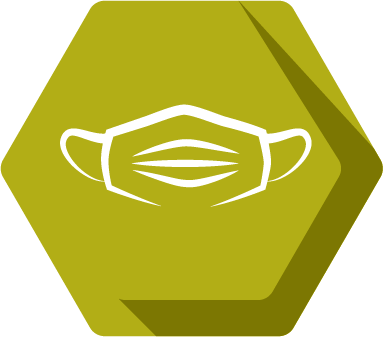April Choe

Pronouns: she/her
Research Mentor(s): Natalie Colabianchi, Associate Professor
Research Mentor School/College/Department: Applied Exercise Science, School of Kinesiology
Presentation Date: Thursday, April 22, 2021
Session: Session 3 (1pm-1:50pm)
Breakout Room: Room 9
Presenter: 3
Abstract
Relevance: Stroke is one of the leading causes of death in the US, and the impact of this risk is extensive, especially among Black Americans living in the southern United States. This study investigates the impact that built and social environments (BSE) can have on individuals’ health, specifically stroke risk, focusing on two features in the built environment, sidewalks and pedestrian street lights, that may influence activity levels, which can in turn affect stroke risk. Methods: Researchers obtained key measures from the REasons for Geographic And Racial Differences in Stroke (REGARDS) study and expanded the data to measure the BSEs of the study participants. 30,239 participants throughout the United States were sampled. This study took advantage of the free Google Earth geobrowser to analyze the built and social environments of a sample of participants’ neighborhoods. Chi-square tests were used to examine associations between presence of sidewalks, street lights and stroke risk in a sample of about 1200 participants. Results: In this case cohort sample, sixty-two percent of the study participants had a prior stroke. Fewer than half of the participants’ streets (44%) had sidewalks or pedestrian street lights (32%). The chi-squared tests showed no significant associations between stroke risk and presence of sidewalks or pedestrian street lights. Conclusion: The study’s goal of discerning the “unexplained variability” present in stroke risk, specifically between African American and White individuals, has not yet been achieved. Future research should continue to gather more data to evaluate the relationship between BSEs and stroke risk.
Authors: April Choe, Ian Lang, Cathy Antonakos , Natalie Colabianchi
Research Method: Data Collection and Analysis







